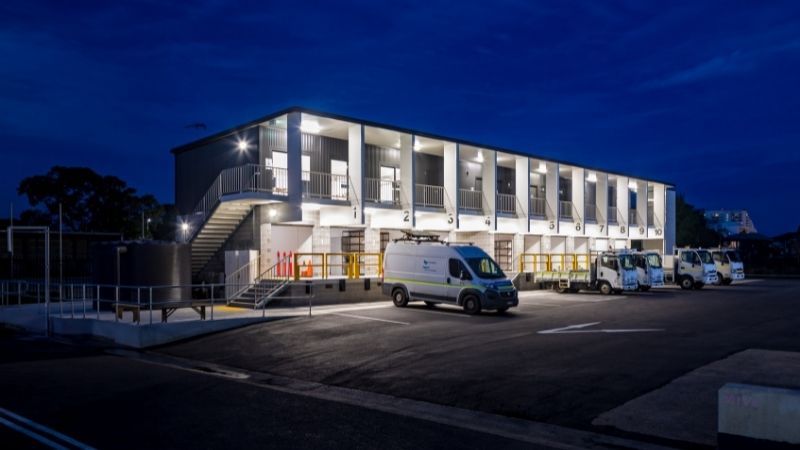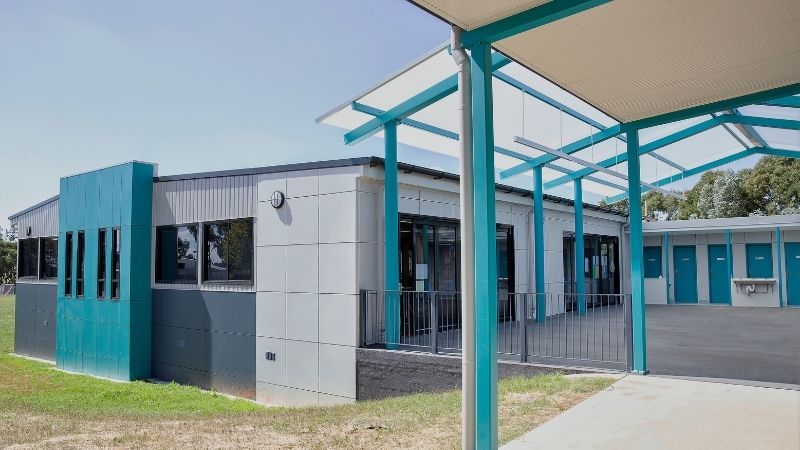Marathon Brings Modular Building into New Era
Can Australia’s prefabricated construction industry rectify the growing headwinds facing the construction industry as a whole?
Issues forecast across the construction supply chain include delays for raw materials such as steel and timber, labour shortages and the threat of rising inflation.
Construction prices are rising in line with increased demand from the boom in residential construction and as a result developers and providers are increasingly learning that smarter construction methods such as prefabrication are bringing a greater level of certainty to their projects.
Most Australians have a shared memory of the old ‘demountable’ classrooms that have been a staple of Australian schools across the past 40 years, which typically were budget specification, poorly insulated buildings that were not conducive to optimal learning outcomes.
However, the construction sector has innovated and refined modular or prefabricated building methods to the point where it is difficult to distinguish between an onsite build and a prefabricated build once they are installed. Most building typologies can be modularised, providing almost unlimited design outcomes, including large open spaces and multi-storey construction.
Hybrid onsite/prefabricated projects are also possible with this method, enabling buildings that can be delivered with all the benefits of modular construction, but using traditional site-built elements such as concrete slabs and masonry construction.
Marathon Modular were able to deliver a multi-storey project within six months for Ventia at their refurbished Rockdale depot, building the ground storey out of masonry and prefabricating the top storey. This reduced the build time by approximately six months and allowed ancillary works to be completed simultaneously.

There are several benefits to prefabrication, most notably the reduced timeframe to deliver a walk-in ready project, as well as reduced disruption to site operations.
This is particularly important in the education sector—because up to 90 per cent of the project is built offsite, the total time on site is reduced to the installation and connection time rather than an extended period of disruption over the life of the project that needs to be managed in conjunction with day-to-day school operations.
This is also assisted by manufacturing in a controlled environment, meaning there is limited impact of variables such as bad weather or the availability of skilled labour.
This was proved in a recent project completed at the St Mary’s Catholic Primary School by Marathon Modular, which had an unexpected influx of new enrolments toward the end of the year.
Marathon was able to deliver an additional eight classrooms that both modernised and expanded the school in time for the new school year, without disrupting any of the school operations.

Another positive benefit of this manufacturing method is its inherent sustainability—manufacturing offsite means that materials are ordered to specification, resulting in approximately 40 per cent less wasted material than a traditional build.
It is also much easier to provide a safe working environment for the trades building the project in a controlled environment over against working on site.
Schools Infrastructure NSW have launched a new Design for Manufacture and Assembly (DfMA) initiative which aims to deliver up to 80 per cent of their $6.2-billion pipeline of new projects utilising DfMA construction during the next four years.
Childcare operators, private developers and independent schools are following suit and realising the advantages that a shorter construction timeframe, reduced disruption to site and fixed pricing can bring to their projects.
The Urban Developer is proud to partner with Marathon Modular to deliver this article to you. In doing so, we can continue to publish our daily news, information, insights and opinion to you, our valued readers.












